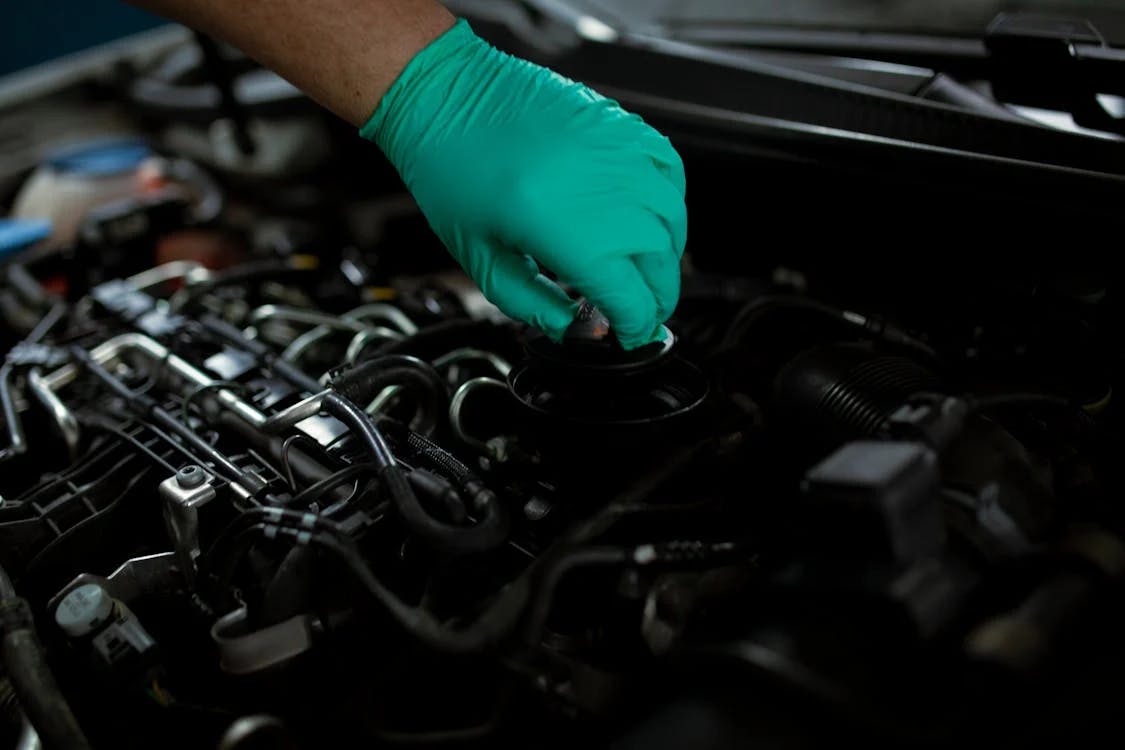Essential Guide to Changing Your Car's Oil
Changing the oil in your car is a fundamental aspect of maintaining your vehicle's health and ensuring it runs smoothly. Whether you're a seasoned DIYer or a first-timer, this guide will walk you through the process of changing your car's oil, step by step. At Mavyn, we combine AI and human expertise to provide you with the most accurate and helpful information.
Why Change Your Car's Oil?
Oil is the lifeblood of your car’s engine, providing lubrication to the moving parts and helping to keep the engine cool. Over time, oil breaks down and becomes contaminated with dirt and debris from the engine and environment. Changing your car's oil regularly:
- Prevents engine damage: Clean oil protects and lubricates the engine.
- Improves efficiency: Fresh oil reduces friction, which can improve fuel efficiency.
- Extends engine life: Regular maintenance can lead to a longer-lasting engine.
What You'll Need
Before you begin, make sure you have the following items:
- New oil: Check your vehicle’s owner manual for the correct type and amount.
- New oil filter: Same as above, ensure it's the correct model for your car.
- Wrench set: For removing the drain plug.
- Oil filter wrench: For removing the oil filter.
- Oil pan or bucket: To catch the old oil.
- Funnel: To pour oil without spilling.
- Rags and newspapers: To clean up any spills.
- Gloves: To protect your hands.
Step-by-Step Guide to Changing Your Oil
Step 1: Prepare Your Vehicle
Ensure your vehicle is on a flat surface and the engine is cool. Engage the parking brake and place chocks behind the wheels for safety.
Step 2: Locate the Oil Drain Plug and Oil Filter
Consult your vehicle’s owner manual to find the oil drain plug and filter. They are usually located under the car.
Step 3: Drain the Old Oil
Place your oil pan under the drain plug, then use a wrench to loosen and remove the plug. Allow the oil to drain completely into the pan. Be careful as the oil might still be warm.
Step 4: Replace the Oil Filter
Using an oil filter wrench, remove the old oil filter. Apply a little new oil to the gasket of the new filter, then screw it in place by hand. Do not over-tighten.
Step 5: Add New Oil
Replace the drain plug. Using a funnel, pour the new oil into the engine via the fill hole. Check your owner’s manual for the correct amount of oil.
Step 6: Check Oil Level
Start the engine and let it run for a few minutes. Check for leaks around the oil drain plug and filter. Shut off the engine and wait a few minutes before checking the oil level with the dipstick. Add more oil if necessary.
Step 7: Dispose of Old Oil
Take the old oil to a recycling center. Many auto parts stores accept used oil for free.
Conclusion
Changing your car's oil might seem daunting, but it's a manageable task that can save you money and extend the life of your vehicle. For any questions or if you prefer a professional touch, chat with Mavyn GPT or connect with a human expert at Mavyn. We’re here to help you keep your car running at its best.
Remember, regular maintenance is the key to vehicle longevity and efficiency. Happy motoring!
